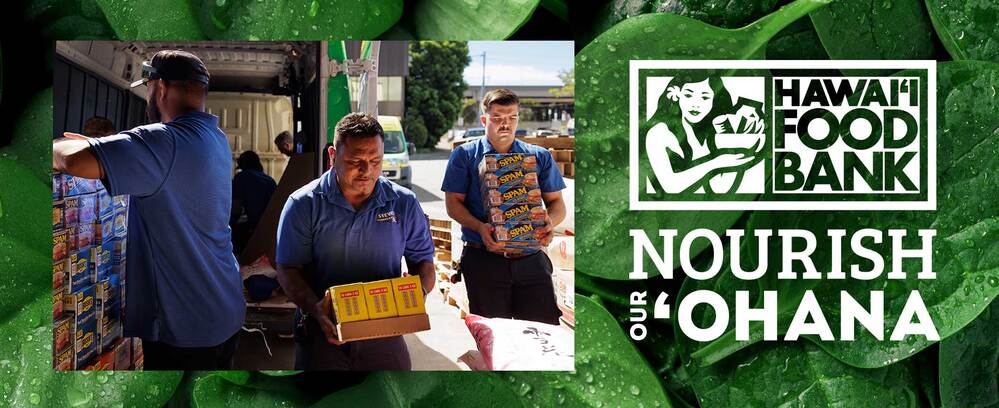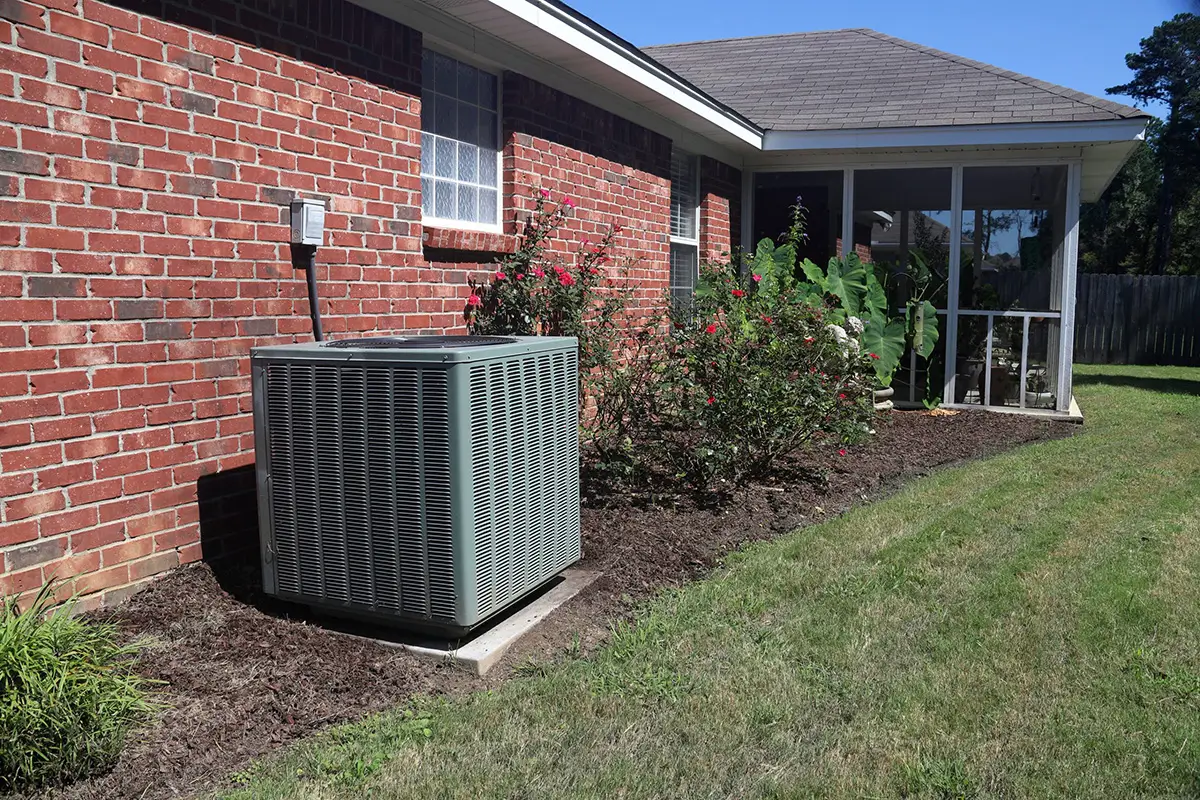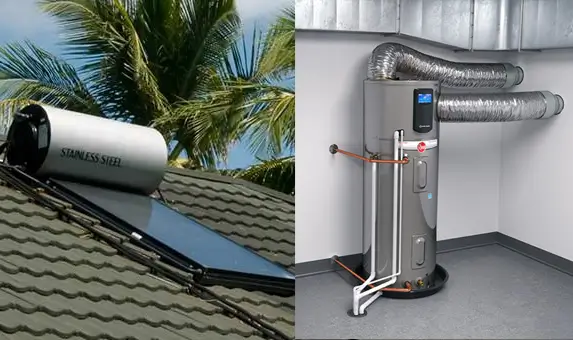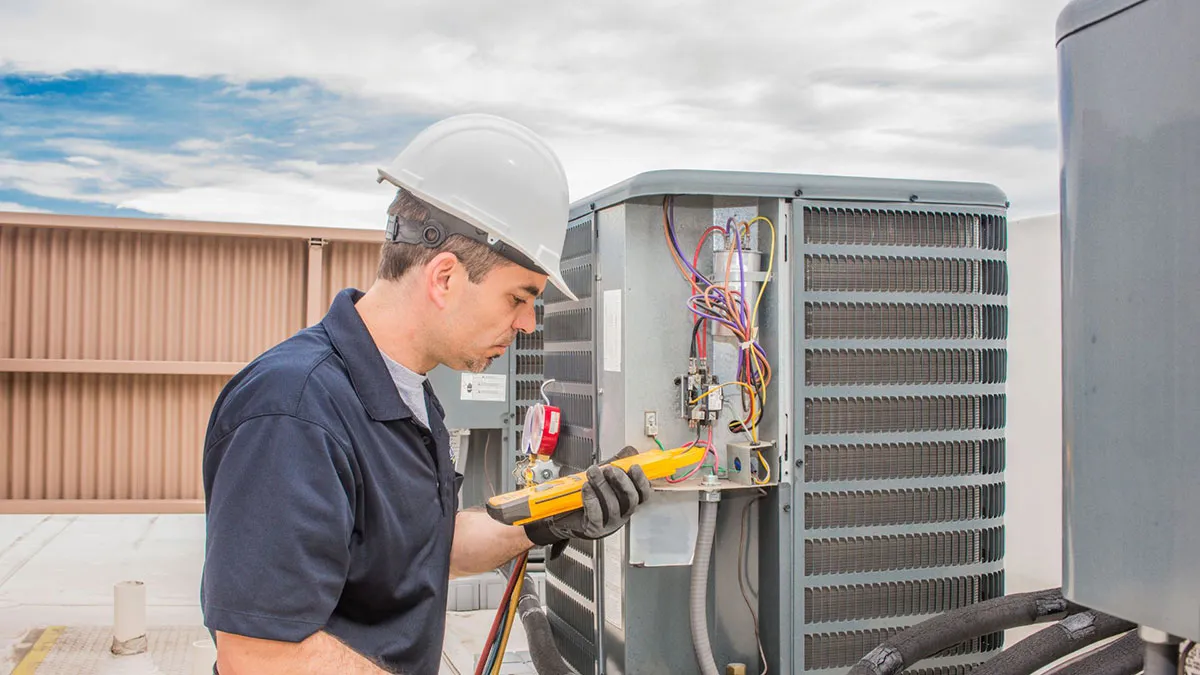We’ve all had that heart-dropping moment when the shower just stops draining, and you realize with dread that the water level is creeping up around your ankles. A clogged shower drain feels like such a trivial thing at first, but let it go and you’re looking at a full-blown bathroom disaster. That little pool can quickly turn into a spreading leak that seeps into floors, soaks through walls, and creates the kind of damp conditions where mold and mildew love to party.
Before you know it, you’re facing an expensive, stinky mess that requires ripping out tiles, replacing drywall, and more. Those are repairs and renovations nobody wants to be stuck paying for all because of a stubborn clog.
For those of us living in Honolulu’s tropical climate, shower backups are an all-too-common struggle. Our humid tropical climate and seaside living create the perfect storm for drain obstructions from mineral buildup, soap scum, hair, and even sneaky sand granules making their way inside. Older island homes with aging plumbing are especially susceptible.
Getting to the root of what’s clogging up those shower drains becomes priority number one before bigger flooding problems spiral out of control.
Primary Causes of Shower Backups
There are a variety of potential culprits that can cause shower drains to become blocked over time. From debris buildup to plumbing issues, it’s important to identify the root cause in order to properly address and prevent future backups.
Let’s explore some of the most common reasons behind backed-up shower drains:
1. Hair and Soap Scum
It’s a one-two punch situation. First, you’ve got hair constantly shedding and making its way towards that drain every time you lather up. By itself, hair can knot up over time and start obstructing water flow. But toss in soap scum – that sticky combination of soap residue, hard water deposits, and body oil – and now you’ve got a matted mess that’s practically begging to clog things up.
The humid Honolulu air is not doing us any favors here either. That moisture helps the soap scum get nice and sticky so it adheres better to the sides of your pipes. Combined with hair, it creates the perfect sludgy seal trapping water behind it.
When hair and scum start gunking up your shower drain, you’ll notice those first few telltale signs. Water may start draining slower or you might get a nice little storm puddle forming around your feet before it finally starts inching down. Unusual odors from trapped water and gunk can also start getting funky.
Solutions and Prevention
Using a hair-catching drain cover and regularly removing visible hair from it goes a long way. Getting in the habit of giving your shower/tub a quick wipe down after use helps keep soap scum at bay too.
When clogs do start forming, you’ve got some affordable options for busting through hair and scum buildup. Baking soda and vinegar can help dissolve sticky messes. Or pick up an enzymatic or bacterial drain cleaner made for clearing hair and soap blockages safely.
2. Mineral Buildup
Mineral deposits represent another frequent thorn in the side of proper shower drainage. As water passes through pipes, it can leave behind residues of calcium, magnesium, and other minerals commonplace in municipal hard water supplies. Over time, these mineral accumulations solidify into rock-like obstructions restricting water flow.
Honolulu’s water sources contain elevated mineral concentrations thanks to the island’s volcanic, limestone geology. This hard water composition means local residents must stay vigilant against buildup.
When mineral scaling takes hold inside your shower pipes and drain, you’ll likely first notice sluggish drainage as water struggles to get through narrowing passages. In severe cases, solid white or orange crusty deposits may even become visible around drain openings. Reduced water pressure from obstructed plumbing is another indicator that mineral buildup is an issue.
Mitigation Strategies
Addressing hard water is a two-pronged approach – treating the existing buildup while preventing future accumulation. Using a commercial descaling or de-liming product helps dissolve and clear out mineral obstructions. Regularly flushing drains with vinegar solutions provides a greener option.
For long-term prevention, installing a water softener system that removes mineral content is highly recommended for Honolulu homes. These systems rely on ion exchange to soften hard water before it ever reaches pipes and fixtures. Local plumbing suppliers offer options tailored to Hawaii’s unique water profiles.
3. Sand and Debris
For those of us lucky enough to live the Honolulu beach lifestyle, we also have to contend with the downside – sand making its way into our homes and plumbing systems. Between trips to the beach, outdoor showers, and sandy pets, it’s easy for those tiny granules to get tracked inside and ultimately down shower drains. This problem is compounded in our island environment where sand is an ever-present part of our surroundings.
Sand accumulation can create sluggish drainage as it builds up over time. You may notice the water seems to have a gritty texture as it swirls down the drain. Left unchecked, this can eventually lead to complete blockages as the sand hardens into cement-like obstructions.
Preventative Measures
Taking simple steps like rinsing off thoroughly before going inside helps minimize how much sand gets tracked in. Installing drain covers or screens provides an additional barrier. After beach days, make an effort to thoroughly rinse out suits, towels and gear before bathing to avoid dumping sand directly down the drain.
4. Plumbing System Issues
Older Honolulu homes may be suffering from deteriorating plumbing systems exacerbating drain issues. Galvanized steel and cast iron pipes erode over decades of use. Tree root infiltration and ground settling can crack pipes as well. These damaged pipes not only contribute debris to clogs but bends and narrowing create low-flow conditions ripe for backups.
While the occasional clogged drain is normal, if you’re experiencing persistent backups in multiple fixtures it may signify systemic plumbing problems. Pay attention to strange gurgling sounds which could mean airflow issues or bellowed pipes. Water backing up from multiple drain locations also indicates more than a simple clog.
Fixes and Upgrades
Depending on the severity, plumbing repairs could involve anything from rerouting particular pipe segments to complete repipe overhauls. Experienced local plumbers can use video inspection equipment to assess underground plumbing and recommend the best renovation approach for your home’s needs.
5. Tree Roots
While providing beloved shade, the roots from large trees around Honolulu properties can also wreak underground havoc. As they grow, these roots naturally make their way into any available cracks and joints in buried plumbing lines. Once inside, they continue expanding and stretching the pipes, eventually blocking water flow completely.
Signs of drain line intrusion include recurring clogs or backups that you can temporarily clear but return quickly. You may hear gurgling noises from air trying to escape around root blockages. Eventually, sewage odors can start emerging as well.
Solutions
In minor cases, using root-killing foam can help destroy existing roots and delay future growth temporarily. However, for serious infestations, the roots will need to be physically removed using special equipment. Having your sewer lateral line inspected is recommended, especially for homes surrounded by mature trees. Local plumbing professionals have the tools and know-how to properly remediate root intrusions.
Diagnosis and Troubleshooting
Dealing with a backed-up shower is no fun, but oftentimes you can roll up your sleeves and get to the bottom of things yourself. With some basic investigation tactics, you might just avoid that dreaded call to a plumber. That said, there are definitely situations where the professionals need to get involved from the get-go.
Knowing what you can realistically handle versus what requires expert eyes is key.
DIY Inspection Techniques
Let’s start with what you can do on your own to scope out the situation. First thing’s first – do a quick visual sweep right at the drain itself. Lift off that cover and use a coat hanger bent into a little hook to fish out any hair clumps or gunk you see clogging things up on the surface.
With the drain clear for testing, slowly pour a few gallons of water directly down and keep watch – does it spiral down smoothly or does the water level start creeping up on you? If it’s draining normally, you likely just had a minor surface blockage. But if that water’s going nowhere fast, it’s time to break out the snake.
Carefully run a plumber’s snake down the drain, cranking it slowly to allow the cable to wind its way through the pipe. You’ll likely encounter some resistance if there’s a clogged area – that’s where you want to focus your snaking efforts to try breaking things up. Have someone run the shower while you’re snaking to help flush out any debris you’ve dislodged.
Once you’ve cabled through thoroughly, grab a flashlight and crouch down to do some undercover inspection work. See if you can shine that light beam down the drain pipe itself to check for any visible buildup, obstructions or cracks in the pipes under the sink area. If you’ve got access to any exposed plumbing underneath your home, go take a gander down there as well while running the shower – any water backing up indicates a blockage.
When to Call the Professionals
As satisfying as it can be to solve these plumbing mysteries yourself, there are some serious signs that it’s time to call in the experts and their fancy diagnostic tools. If you’ve snaked and flushed until you’re blue in the face but that shower drain is still battling you, don’t keep fighting the losing battle – that likely points to a major underground clog.
Same goes if you notice larger issues like low water pressure throughout multiple fixtures, cracked or damaged drain pipes, or moisture spots indicating leaks around your plumbing areas. Any bizarre gurgling sounds or full-on sewage odors definitely shouldn’t be ignored either – those are red flags that you’ve got a nasty clog situation requiring professional help ASAP.
Experienced plumbers are equipped with video inspection cameras that can run through your drain and sewer lines to quickly assess what you’re up against. With their trained eyes and specialized tools to diagnose issues like invasive tree roots, damaged pipes, mineral buildup or stubborn obstructions, they’ll get to the bottom of things. Sometimes a clogged shower leads to bigger problems you’re just not equipped to handle solo – don’t risk making things worse by avoiding that inevitable call to the pros.
Shower Drain Giving You Grief? Unclog That Stress Now
When your shower won’t drain, it’s more than just an inconvenience – it’s a serious plumbing issue waiting to escalate into a total nightmare scenario. We’re talking potential water damage, mold, sewage situations – the full catastrophic monster if you let a clogged drain fester. But many backups can be stopped in their tracks if you take preventative measures and watch for those early warning signs.
Don’t let a backed-up shower ruin your day and turn your bathroom into a war-zone. Make a habit of maintenance like using drain covers and regularly cleaning things out. If you do wind up battling a clog that just won’t quit no matter what you try, wave the white flag. Call up the hometown heroes at Steve’s Plumbing and A/C Service to get that shower draining like a champ again fast. Reach us at (808) 563-4054 to schedule the professionals and send those clogged drain blues swirling away!









